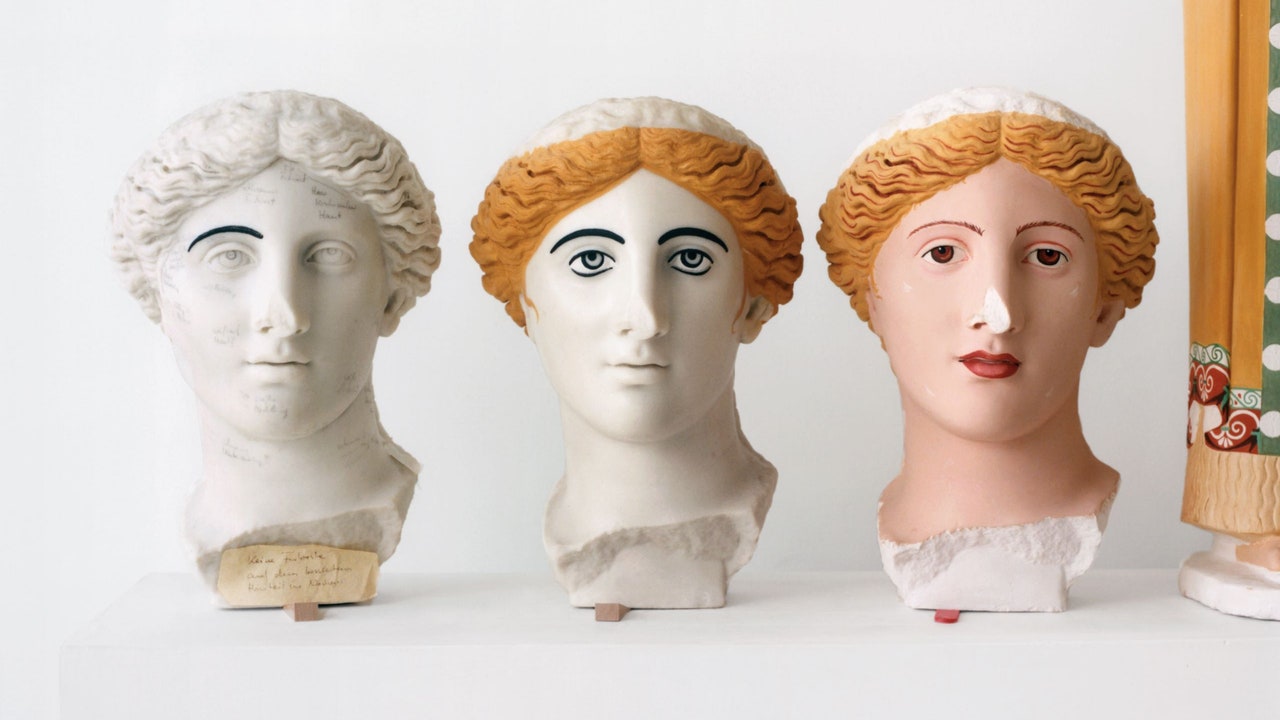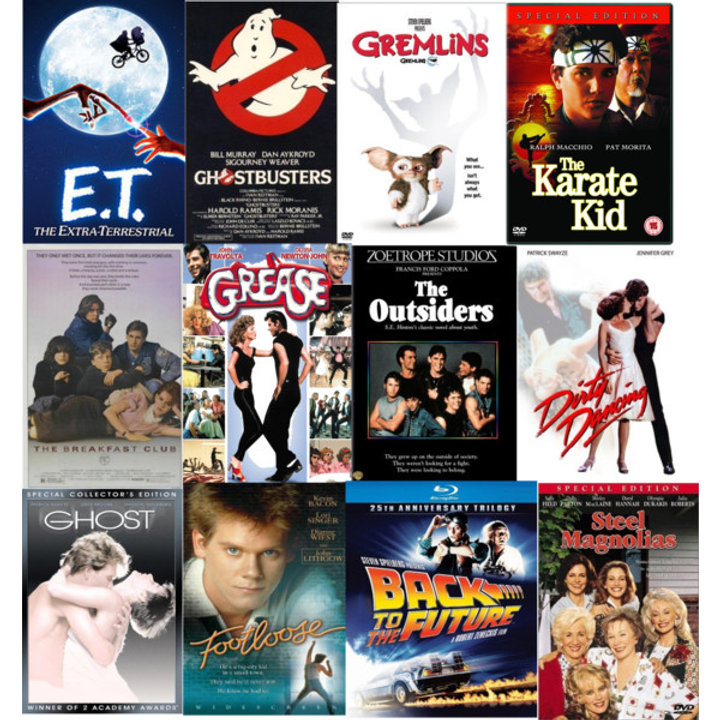9 Best Nudes in Art History: From Classical Sculptures to Digital Creations
Finding the perfect nude shade can feel like searching for a needle in a haystack. With so many options out there, it’s easy to get overwhelmed. But don’t worry, we’ve done the hard work for you. Whether you’re looking for the ideal nude lipstick, nail polish, or eyeshadow, we’ve got you covered.
The Origin of Nudes in Classical Art
Understanding the history of nudes in classical art can help you appreciate the art form’s evolution and cultural significance. Here’s a closer look at the roots of this timeless genre.
Ancient Greek and Roman Influences
Greek artists celebrated the human body through sculptures like the famous Venus de Milo. These works revered human beauty and physical perfection. Romans adopted these techniques, giving us iconic statues such as the Apollo Belvedere. Both Greek and Roman artworks emphasized idealized forms, showcasing nudes as symbols of heroism and divinity.
Renaissance Revival of Nudes
The Renaissance saw a rebirth of classical ideas, with artists like Michelangelo and Botticelli reinterpreting ancient themes. Michelangelo’s David and Botticelli’s The Birth of Venus exemplify this revival. These masterpieces combined anatomical accuracy with emotional depth, transforming the portrayal of nudes into an exploration of human potential and beauty.
The Evolution of Nude Art in the Modern Era
Transition into Romanticism and Realism
During the Romantic and Realist periods, nude art began to convey deeper emotion and everyday life. Romantic painters like Eugène Delacroix emphasized passion and drama in works such as “The Death of Sardanapalus”. Your attention is drawn to how the human form is used to evoke powerful emotions. Realism later emerged, focusing on depicting everyday scenes with artists like Gustave Courbet. Courbet’s “The Origin of the World” presents the nude in a frank, unidealized manner, concentrating on authenticity and the human experience.
Innovation in the 19th and 20th Centuries
The 19th and 20th centuries ushered in groundbreaking changes. Impressionists like Édouard Manet challenged conventions with pieces like “Olympia”, where the nude’s gaze confronts you directly, breaking traditional submissive poses. Modernist movements brought fragmentation and abstraction; Pablo Picasso’s “Les Demoiselles d’Avignon” redefined the nude with its geometric shapes. Surrealists like Salvador Dalí added dreamlike qualities to the human form, exploring the subconscious. You find that contemporary interpretations range from hyperrealism to digital art, reflecting diverse perspectives on the body in modern culture.
Exploring the Diversity of Nude Portraits
Nude portraits highlight the beauty and complexity of the human form across different cultures and eras. They reflect societal standards, personal expressions, and artistic innovations.
Expression of Human Form in Various Cultures
Different cultures have unique approaches to nude art. Ancient Greeks celebrated the idealized naked body in sculptures like the “Venus de Milo.” In contrast, Japanese Shunga prints in the Edo period used erotic expressions to depict intimacy and pleasure. African tribal art often integrates the human form with spiritual and communal themes, like the wood carvings of the Makonde people. Each culture’s approach shows varied perspectives on beauty, spirituality, and human experience.
Recognizing Diversity in Contemporary Nude Art
Contemporary nude art showcases a broad spectrum of styles and mediums. Hyperrealistic artists like Alyssa Monks blend realism with abstraction, often distorting the naked figure in water. Digital artists use 3D modeling and virtual reality to render bodyscapes that transcend physical limitations. Photographers like Zanele Muholi use nude portraits to challenge gender norms and celebrate LGBTQ+ identities. This diversity in materials and messages illustrates how modern artists continuously redefine the portrayal of the human body.
Iconic Nude Sculptures and Their Significance
Many nude sculptures have left an indelible mark on art history, exemplifying the artistry and cultural contexts of their times.
“Venus de Milo” and Classical Beauty
Venus de Milo” is a masterpiece of ancient Greek sculpture that epitomizes classical beauty. Created around 100 BCE, it’s believed to depict the goddess Aphrodite. You’ll notice her graceful posture and the draped fabric that highlights both modesty and sensuality. This piece resides in the Louvre Museum, where it continues to fascinate millions with its elegance.
“David” by Michelangelo: An Icon of Renaissance Art
“David” by Michelangelo stands as a symbol of the Renaissance’s commitment to humanism and anatomical precision. Sculpted from 1501 to 1504, this 17-foot statue captures David poised before his battle with Goliath. You’ll be struck by the intricacy of the details, from the tense muscles to the intense expression, reflecting a profound understanding of human anatomy and emotions. Located in the Galleria dell’Accademia in Florence, “David” remains a testament to Michelangelo’s extraordinary skill and the era’s artistic ideals.
Intriguing Nude Paintings You Must Know
Exploring the world’s most captivating nude paintings reveals how different artists address themes like beauty, sensuality, and the human condition.
“The Birth of Venus” by Botticelli
Botticelli’s “The Birth of Venus” is a masterpiece that depicts the goddess Venus emerging from the sea on a shell. Painted during the Renaissance, this artwork celebrates the beauty of the human body in mythology. The flow of Venus’s hair and the delicate rendering of her form have made this painting an iconic representation of feminine beauty.
“Olympia” by Édouard Manet
Manet’s “Olympia” radically challenged societal norms when it was unveiled in 1865. Depicting a nude woman lying on a bed with a confrontational gaze, the painting stirred controversy due to its bold representation of sexuality and the inclusion of a black servant. By breaking away from traditional depictions, “Olympia” shifted the perception of nude art in the modern era.
Contemporary Nudes and Digital Media
Contemporary nudes have found a new canvas in digital media, transforming how we appreciate and create nude art.
The Impact of Photography and Digital Art on Nudes
Photography has revolutionized nude art. By capturing intricate details, photographers like Helmut Newton and Robert Mapplethorpe have showcased the human body in striking, often provocative contexts. Modern digital tools allow artists to enhance and manipulate images, pushing boundaries and exploring new stylistic avenues.
Digital art has also expanded the genre. Artists use software like Adobe Photoshop and Corel Painter to create hyperrealistic depictions and abstract forms. This combination of technology and artistry enables a rich, diverse representation of nudes, moving beyond traditional media.
Virtual Nudes: Exploration in the Digital Age
Virtual nudes use 3D modeling and virtual reality to break traditional norms. Artists create detailed, lifelike figures using software like Blender and ZBrush. Virtual reality offers immersive experiences, allowing viewers to explore art in an entirely new dimension.
NFTs (Non-Fungible Tokens) have also entered the scene, giving digital artists a platform to sell their unique virtual nudes securely. Platforms like OpenSea and Rarible host these digital artworks, revolutionizing art ownership and distribution.
In this digital age, contemporary nudes continue to evolve, embracing technology to enrich and expand the genre.
Nudes in Public Art and Exhibitions
Nudes have captivated the public and shaped art history for centuries. Public displays of nude art have often sparked debates and pushed societal boundaries.
Societal Acceptance of Public Nudes
Societal norms greatly influence the acceptance of public nudes in art. Cultures with a historical emphasis on classical art, like Italy and Greece, often exhibit nude sculptures and paintings more freely. In contrast, societies with conservative values may view nudes as provocative. The controversy surrounding exhibitions like the 1980s-era “Sensation” show at the Brooklyn Museum, featuring works by Damien Hirst and others, highlights varying levels of acceptance. The debates these exhibitions provoke often challenge viewers to reconsider their perceptions of nudity and art.
Major Exhibitions Featuring Nudes Globally
Prominent art institutions worldwide showcase nude art, reaffirming its relevance. The Louvre in Paris houses masterpieces like Edouard Manet’s “Olympia” and the iconic “Venus de Milo.” Similarly, New York’s Metropolitan Museum of Art features works ranging from classical sculptures to modern nudes by artists like John Singer Sargent. London’s Tate Modern hosts contemporary exhibitions, including provocative pieces by artists like Tracey Emin. These exhibitions not only display incredible artistic talent but also prompt discussions about nudity, censorship, and art’s role in society.
Conclusion: The Eternal Allure of the Nude
Nude art continues to captivate and provoke thought in ways few other genres can. Its evolution from classical sculptures to digital masterpieces reflects society’s changing views on beauty and expression. Whether through traditional media or cutting-edge technology, the nude remains a powerful symbol of human creativity and cultural dialogue. As you explore these diverse interpretations, remember that each piece tells a unique story, challenging perceptions and inspiring new conversations.






